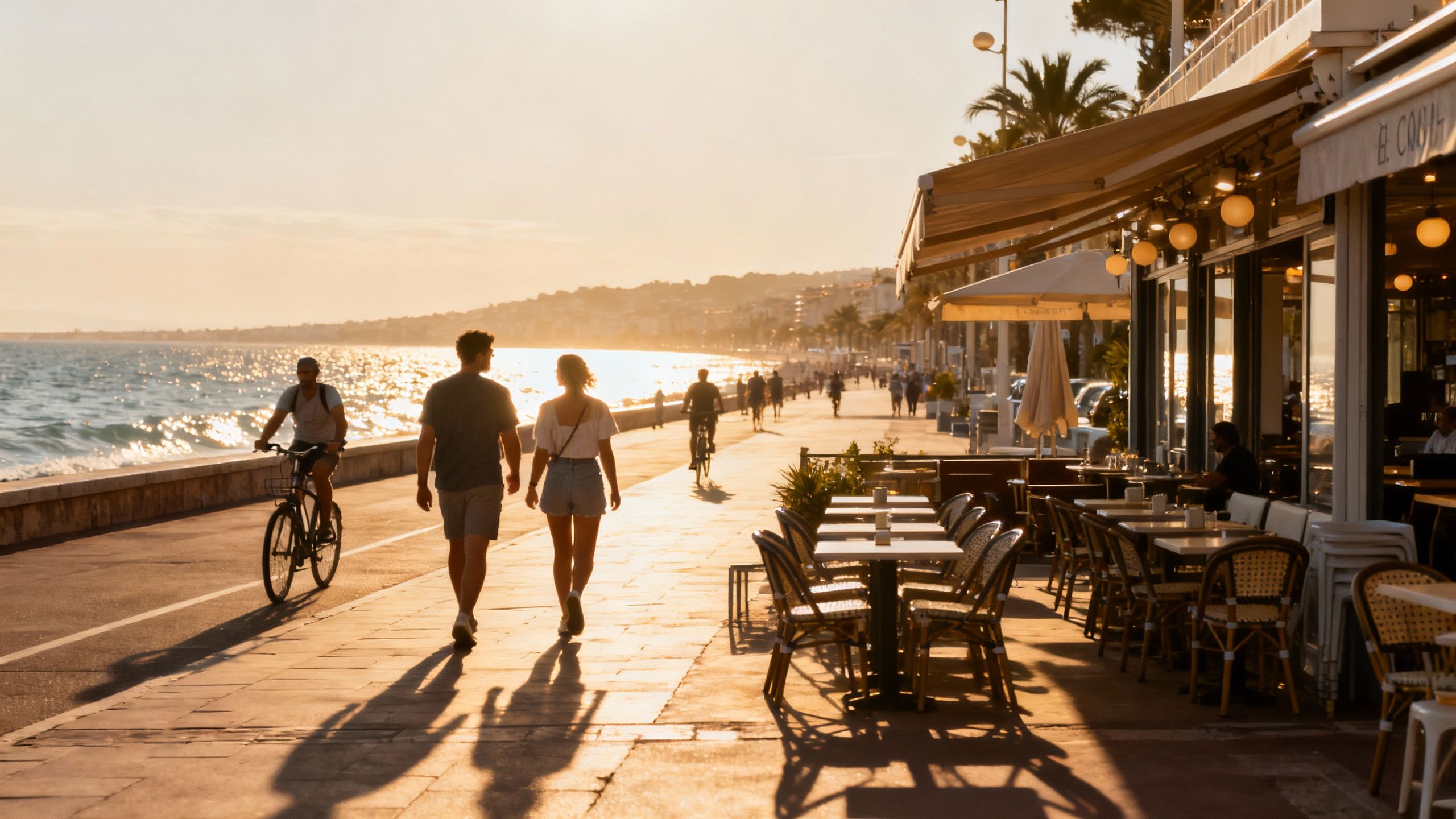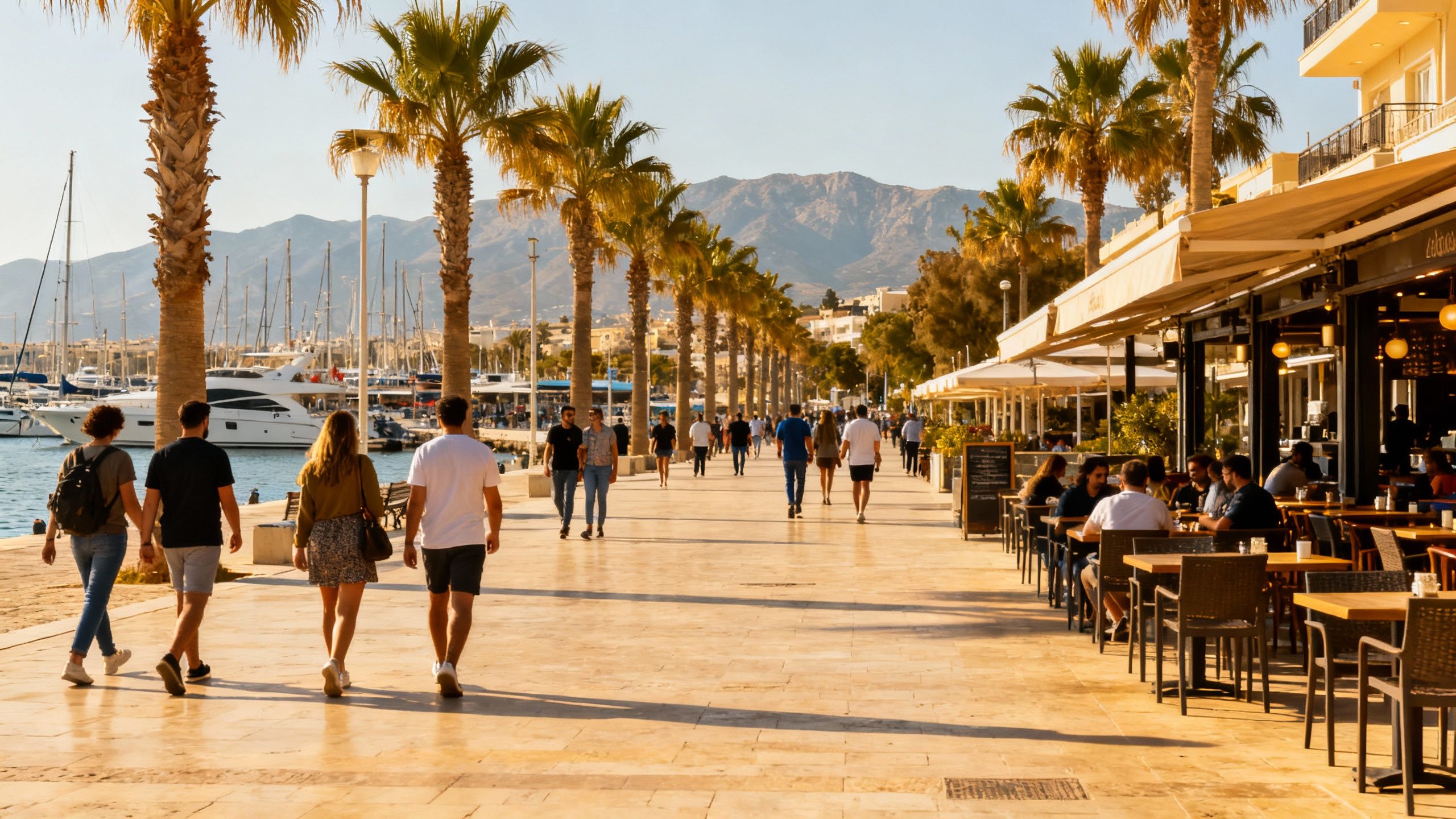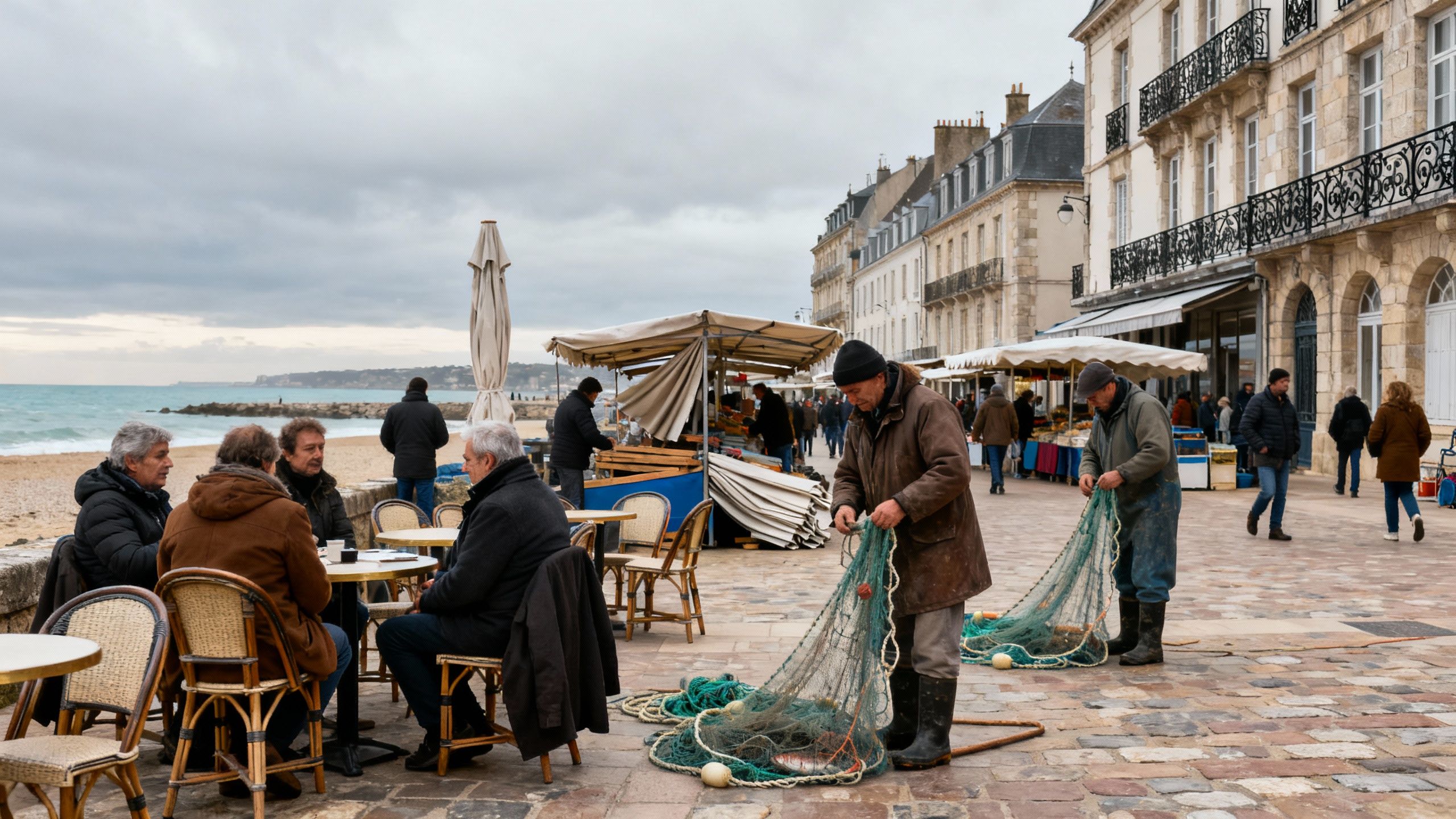Croatia — Coastal Living, Legal Pitfalls & Tax Checklist
Practical, lifestyle-rich roadmap to buying in Croatia: seasonal living, legal rules for foreigners, and tax and rental reforms that shape returns.
Imagine stepping out for an espresso on a sunlit stone square in Split, the sea air carrying the salt and faint laughter from a nearby konoba. Mornings here move at a measured pace — bakeries fill, ferries rumble, and neighbourhood cafés become social anchors. For many international buyers the romance of coastal life is real, but so are new rules, taxation changes and waves of market rotation that affect price, yield and long-term ownership. This guide pairs the sensory pleasures of Croatian life with the data and legal checkpoints every buyer needs before making an offer.
Living the Croatia lifestyle
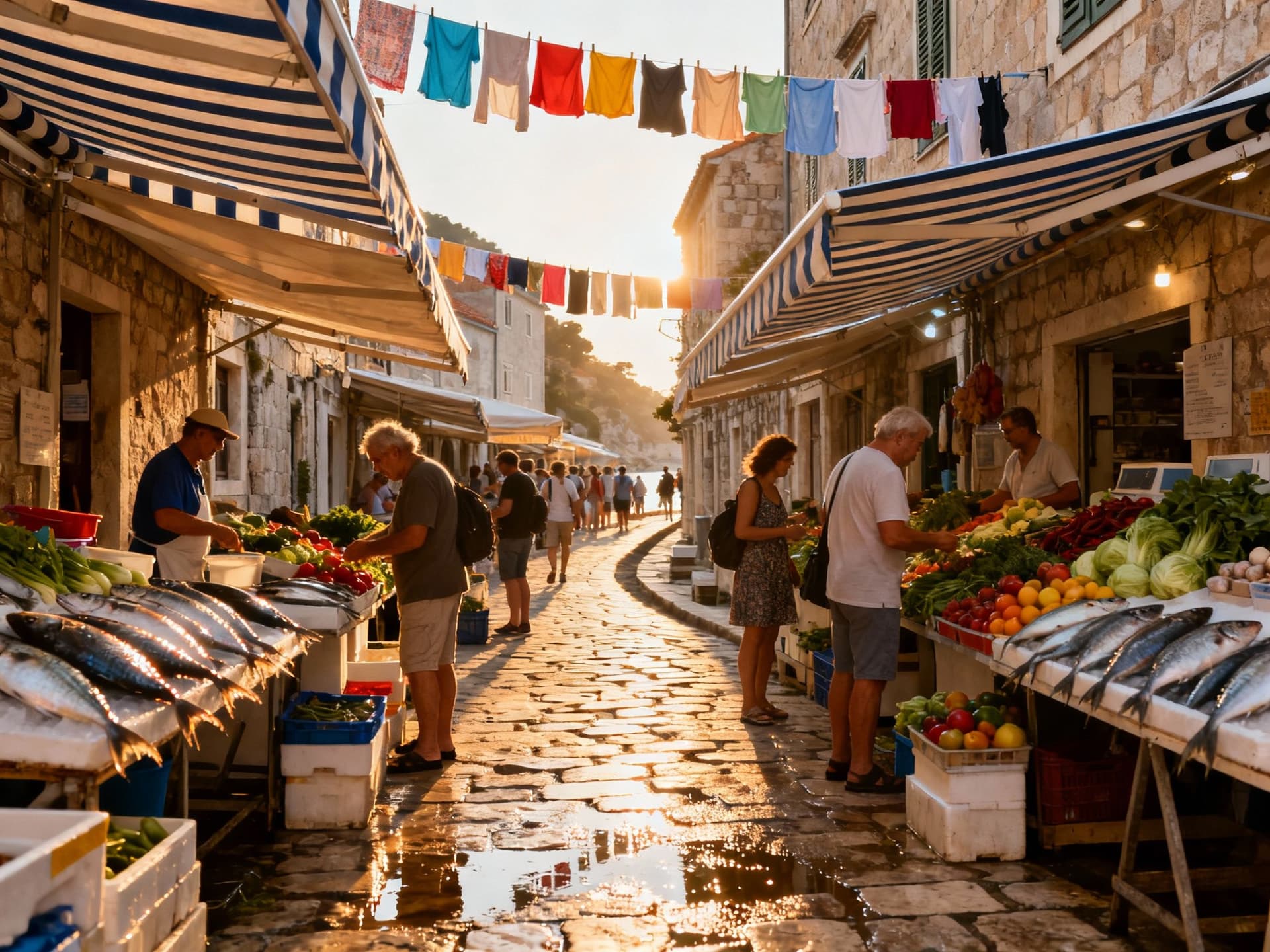
Coastal life in Croatia blends Mediterranean rhythms with Central European order. On the Dalmatian coast, mornings mean markets and fishing boats; afternoons are for siestas or island hopping; evenings are long, social and food-forward. Zagreb offers a contrasting urban tempo — trams, galleries and year-round cafés — while Istria feels Italianate with hilltop towns, olive groves and wine-centric weekends. These different tempos matter when choosing property: a centuries-old stone house in Hvar will require different upkeep and use patterns than a modern apartment in Zagreb.
Dalmatian coast: island life and tourist seasonality
Neighbourhoods like Split’s Veli Varoš or Hvar’s Stari Grad are defined by narrow streets, close-knit local communities and a strong summer pulse. In high season (June–September) tourism dominates daily life; outside those months, pace slows and local services become more important. If you plan short‑term rentals, factor in seasonality for income and calendar management; if you want year‑round living, prioritise access to hospitals, schools and winterised services.
Istria & Rijeka: food, wine and cross‑border ease
Istria towns such as Rovinj and Poreč combine truffle-rich cuisine, family-run agritourism and easy access to Italy. Weekend routines include open-air markets, local wine tastings and cycling through small vineyards. Many buyers choose Istria for its quieter off-season lifestyle and proximity to northern European flight routes.
Lifestyle highlights:
Walk the Riva in Split and pause for coffee; browse Dolac market stalls in Zagreb; sail to Pakleni Islands for a quiet cove; dine at a konoba for grilled fish and local olive oil; cycle the Istrian hill route between vineyards.
Making the move: practical considerations
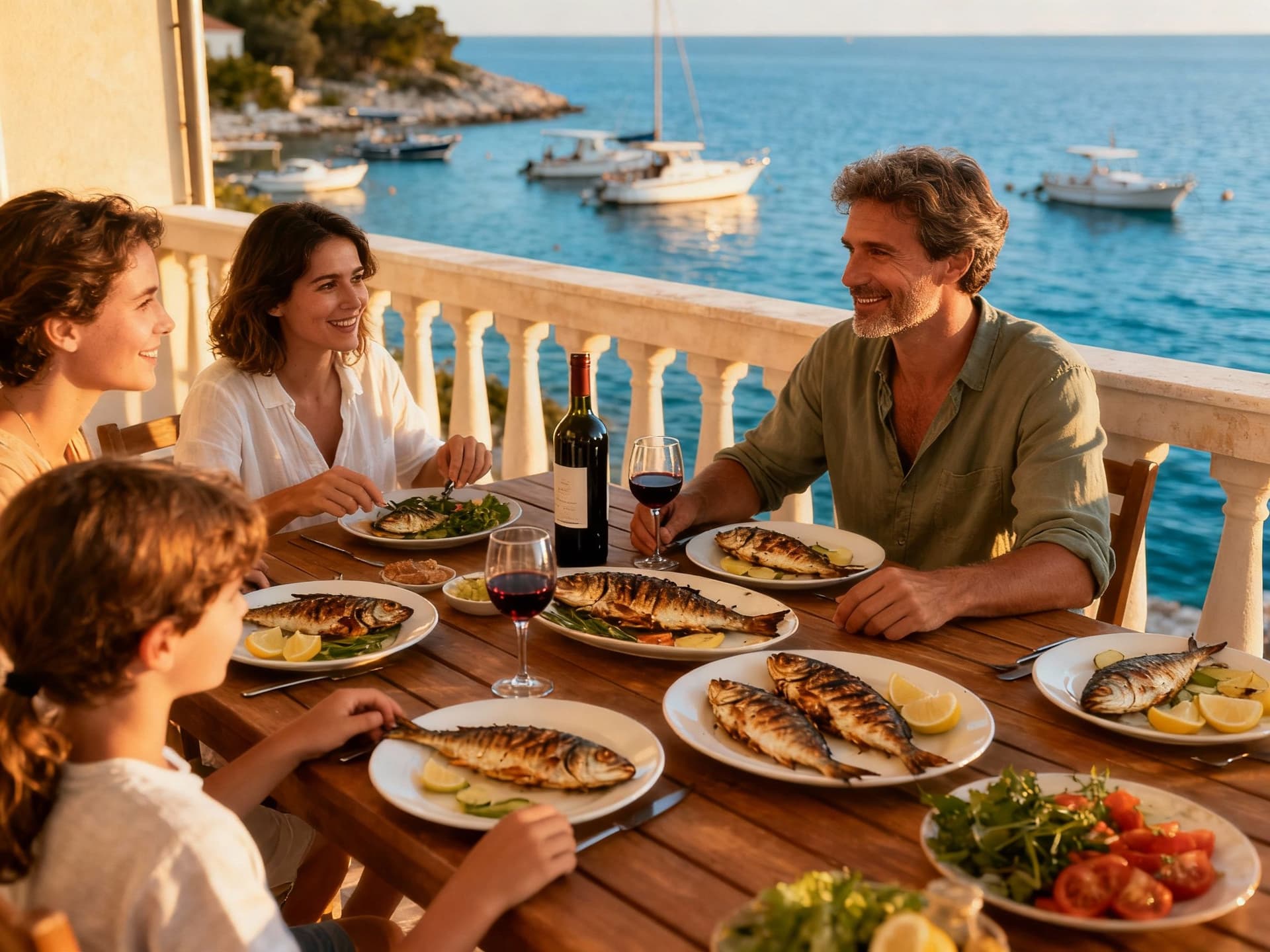
The lifestyle you imagine must be married to legal clarity and current market forces. Recent policy shifts targeting short‑term rentals and proposed property taxation changes aim to rebalance tourism pressures and supply. These reforms can affect rental income models and carrying costs, so align lifestyle goals — holiday home, year‑round residence, or investment — with updated local rules and tax expectations before committing.
Who can buy — and how: legal essentials
EU citizens have parity with Croatian buyers for most property purchases, while non‑EU buyers require Ministry of Justice consent and often reciprocity agreements. Agricultural and protected lands are restricted. Always instruct a local real estate lawyer to confirm title, planning status and any restrictions tied to a parcel; this single step prevents later disputes and preserves both lifestyle plans and investment value.
Property styles and what they offer
Stone townhouses: strong character, high maintenance and excellent holiday‑rental appeal in summer months. New developments: modern finishes, energy efficiency and easier letting management, often at higher per‑m² prices. Urban apartments in Zagreb: steady demand year‑round, better access to services and lower seasonal vacancy. These choices influence renovation budgets, insurance, and how much time you’ll realistically spend in Croatia each year.
Practical steps before you buy:
1. Reserve a local lawyer to confirm title, zoning and historical protections.
2. Obtain a specialist tax briefing on property taxes, income tax on rentals and implications of recent reforms.
3. Commission a condition survey and quote for seasonal maintenance (insulation, shutters, roof repairs).
Insider knowledge: what expats wish they'd known
Expat households often cite three surprises: the administrative pace of bureaucracy, the intensity of high season in tourist towns, and the cost of converting a romantic stone house into a comfortable year‑round home. Social life centers on food and communal gatherings — join a local klub or volunteer at seasonal festivals to build relationships quickly. Language matters: basic Croatian wins goodwill, but many services in major towns operate in English.
Cultural integration and daily life
Weekends are for markets, family meals and outdoor time. Local etiquette values punctuality in business settings and relaxed social timing in cafés and informal gatherings. Neighbourhood networks — from church groups to sailing clubs — provide practical help and social entry points. For families, check local school options early; for retirees, verify healthcare access and insurance portability before relocating.
Long‑term lifestyle and financial considerations
Monitor policy shifts: proposed property tax reforms and short‑term rental regulation will affect net returns and holding costs. Keep a rolling 3–5 year cashflow model if you rely on rental income. Consider energy upgrades and flood risk mitigation on coastal plots as part of lifecycle budgeting.
Conclusion — from daydream to ownership
Croatia offers a life shaped by sea, food and small‑town sociality — but turning that dream into a secure property purchase requires local legal certainty, up‑to‑date tax planning and a realistic view of seasonality. Start with a short scouting trip focused on daily routines, engage a reputable local lawyer and request recent transactional data for your target neighbourhood. With those pieces in place you can move from imagining espresso on a stone square to owning a home that fits both your lifestyle and financial plan.
Danish relocation specialist who has lived in Barcelona since 2016. Helps families move abroad with onboarding, schooling, and local services.
